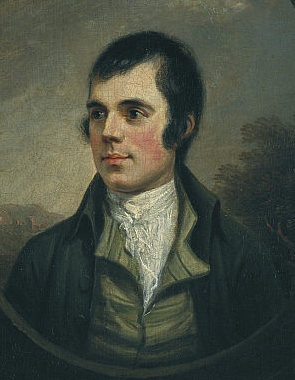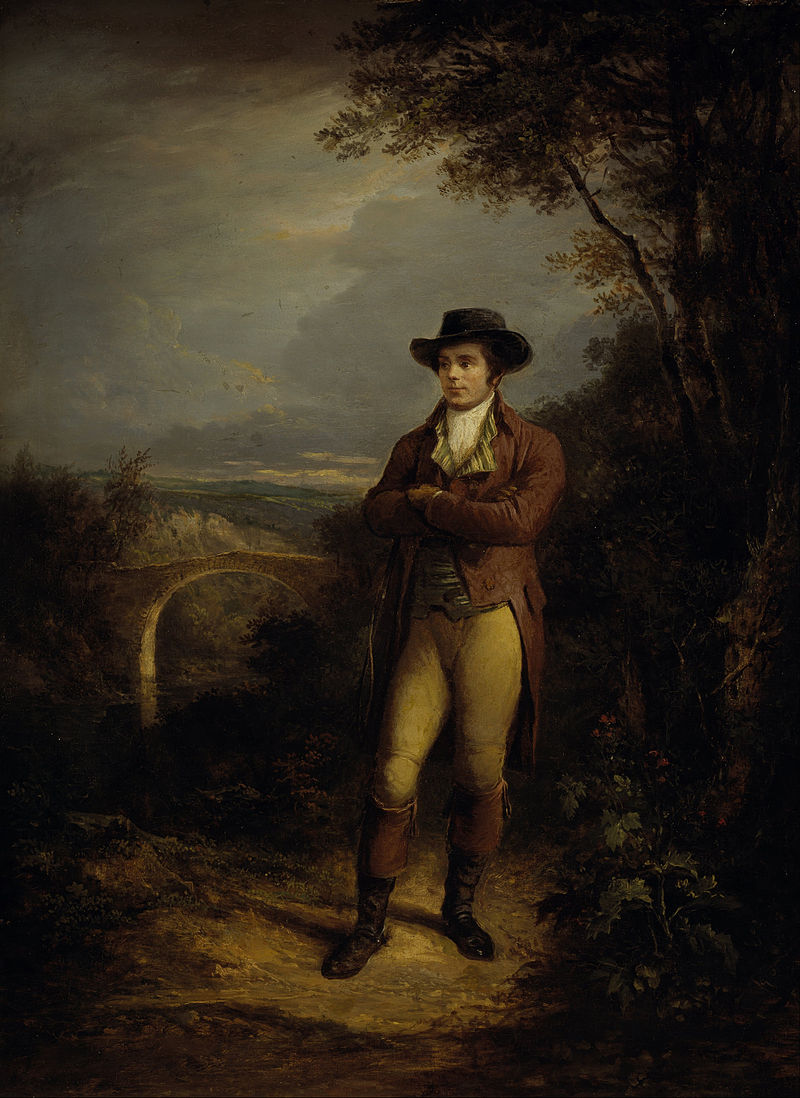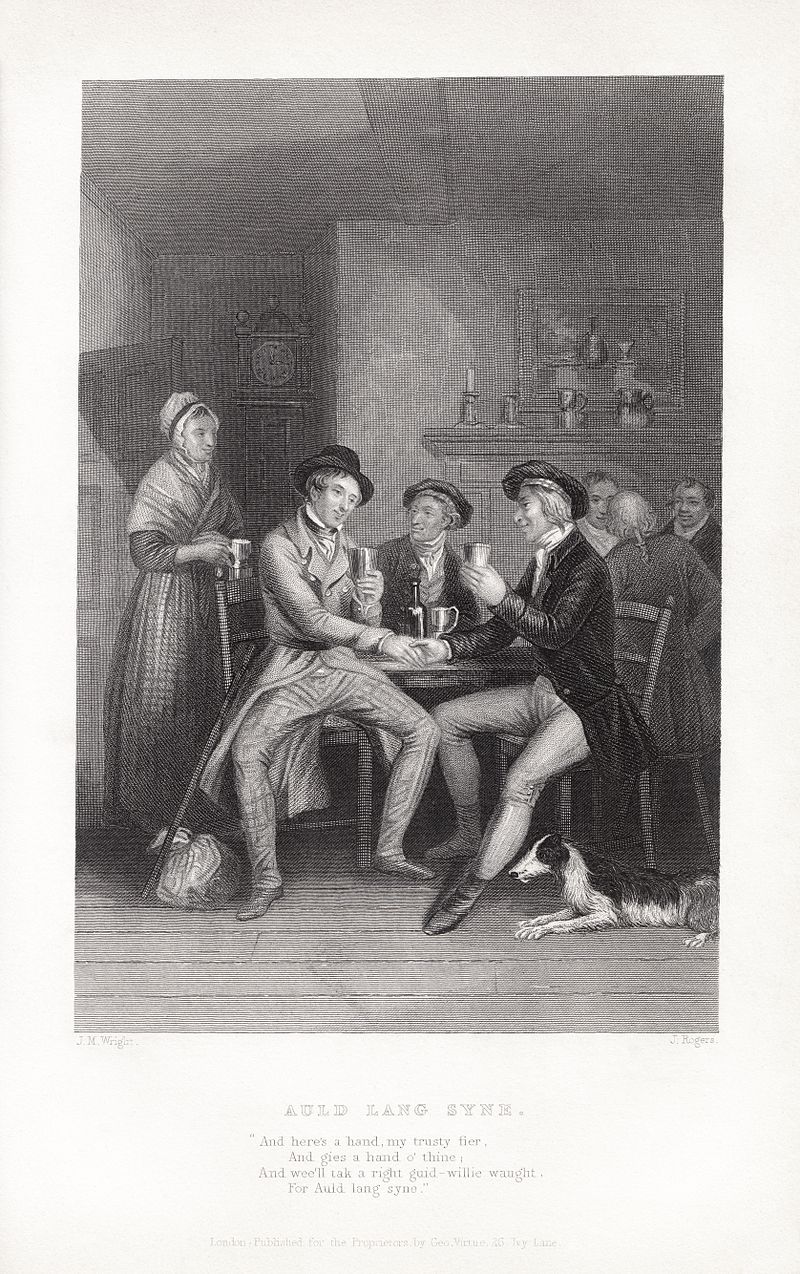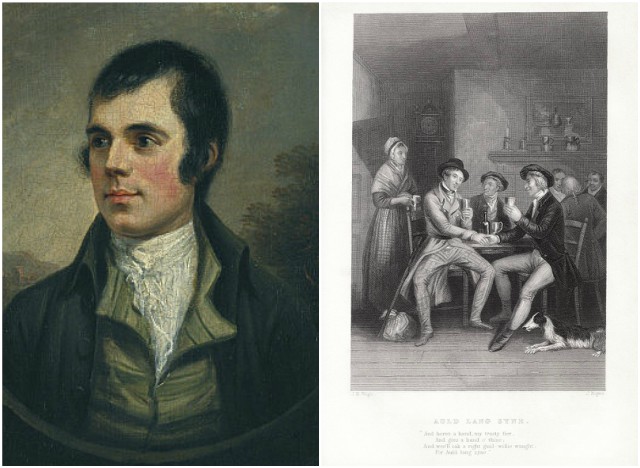Robert Burns was born on January 25th, 1759, south of Ayr, in Alloway, Scotland. He was the eldest of the seven children of tenant farmers William Burnes and Agnes Broun.
He was 7-years-old when his father sold their house and took tenancy of the 70-acre Mount Oliphant farm, southeast of Alloway.
He got much of his education from his father who thought him reading, writing, arithmetic, geography, and history. Later Robert and his brother Gilbert were taught Latin, French, and mathematics by John Murdoch.

by Alexander Nasmyth, 1787
He showed interest in poetry early in his life and wrote his first poems as a young man on the farm. His first composition “O, Once I Lov’d A Bonnie Lass” was a song for the girl he partnered in the harvest.
His father died in 1784, leaving Burns as head of the family. He presumably became relieved in some way and between 1784 and 1785, Burns wrote many of the poems collected in his first book, Poems, Chiefly in the Scottish Dialect in an edition of 612 copies. The 1786 book was praised by the critics and the public alike. The book was an immediate success and Burns soon became famous in England and Scotland as the great “peasant poet.”
In 1786 he moved to Edinburgh where he mingled in literary society and made many close friends including Lord Glencairn and Frances Anna Dunlop.

Poetry wasn’t his only occupation and he devoted considerable time to composing and collecting traditional Scottish songs. He revised, adapted and expanded many old Scottish folk songs. One of his famous adapted folk songs is “Auld Lang Syne,” which became as reported by the BBC News “an international anthem and one of Scotland’s gifts to the world.”
Each December 31st, millions of English-speaking people raise their voices in song to greet the new year. “Auld Lang Syne” is an old Scottish song that was first written down in the 1700s but Burns’ transcription got the most attention and that is why the song is associated with him.
As reported by The Telegraph in 1788 he sent a copy of the song to his friend, Mrs.Agnes Dunlop, exclaiming: “There is more of the fire of native genius in it than in half a dozen of modern English Bacchanalians!.” Five years later he sent it to James Johnson, who was compiling a book of old Scottish songs, The Scottish Musical Museum, with an explanation: “The following song is an old song, of the olden times, and has never been in print, nor even in manuscript until I took it down from an old man.”

“Auld Lang Syne” is traditionally sung every year on December 31st. It became the most-performed song in the world after “Happy Birthday.”
